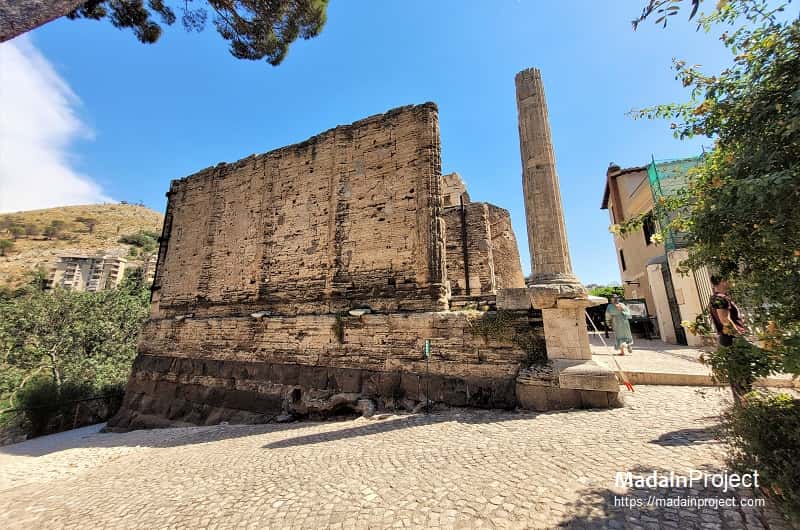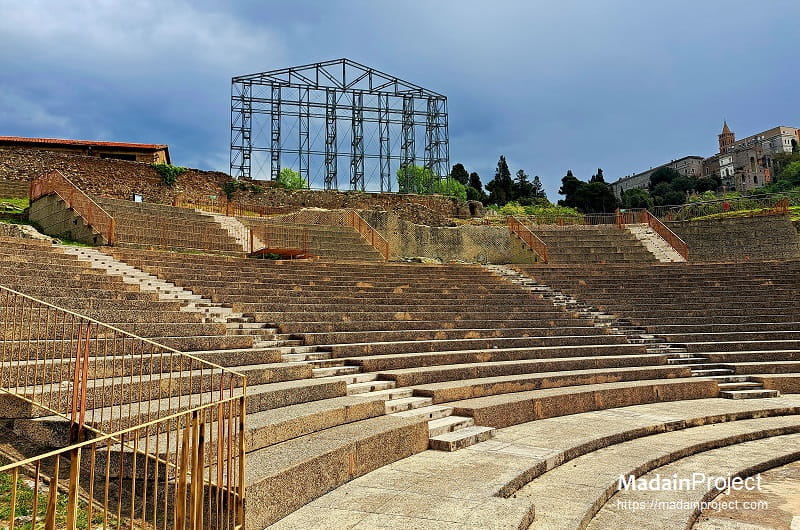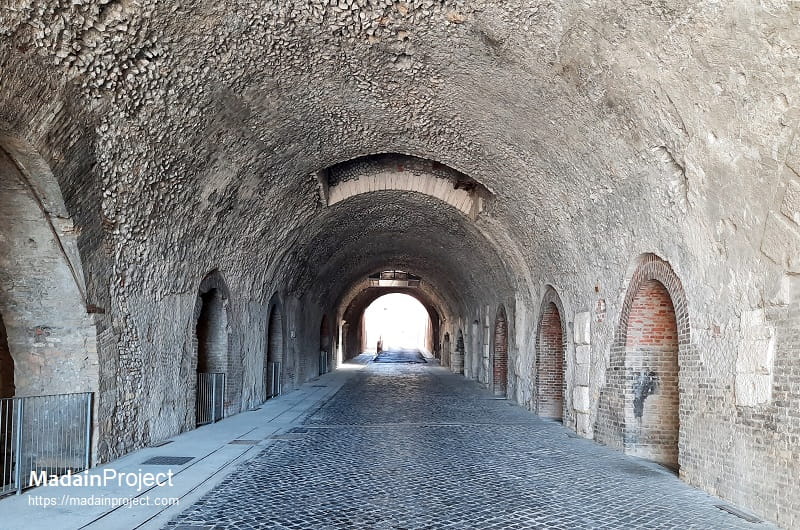Ancient Tivoli, situated on the lush slopes of the Monti Tiburtini, holds an intriguing historical tapestry that weaves together the remnants of various civilizations. Situated about 30 kilometers east of Rome, this ancient town has long been an enclave of significance and splendor. Its history spans millennia, tracing back to pre-Roman times when it was known as Tibur.
The very mention of Ancient Tivoli conjures images of grandeur and opulence. One of its most iconic landmarks is the Villa Adriana, the sprawling retreat complex built by the Roman Emperor Hadrian in the second century CE. This architectural marvel encompasses an extensive complex of palaces, theaters, baths, and gardens, reflecting the opulent lifestyle of the Roman elite.
The history of Tivoli, known as "Tibur" in ancient times, can be traced back to Neolithic and Bronze Ages, with subsequent evidence of early settlements and Etruscan influences (circa ninth to fourth centuries BCE). "Tibur" gained prominence during the Roman Republic and Empire (circa 509 BCE till 476 CE), Tivoli became known for its luxurious villas and estates. As Rome grew in power and influence, Tivoli became a retreat for Roman elites seeking to escape the city's hustle and bustle. Its proximity to Rome and its pleasant natural surroundings contributed to its popularity. Roman mythology/tradition attributes the founding the ancient Tivoli (Tibur) to Catillus the Arcadian and his sons; Tiburtus, Coras, and Catillus.
The most famous of these is Hadrian's Villa, built by Emperor Hadrian in the 2nd century CE. Hadrian's Villa was a sprawling complex of palaces, gardens, and structures inspired by various cultures. It served as a summer residence for the emperor and showcased his architectural and artistic interests. As the Roman Empire faced challenges and decline (circa fifth century CE), Tivoli's significance diminished. The town's grand structures experienced varying levels of neglect and decay over the centuries.

Hadrian's Villa, or Villa Adriana, located in Tivoli, Italy, was commissioned by Emperor Hadrian during his reign (117–138 CE) as a luxurious retreat from the political life of Rome. Constructed in the early 2nd century CE, the villa served as both a personal residence and a reflection of Hadrian's admiration for Greek, Egyptian, and other cultural influences. Spanning over 250 acres, it was more than just a villa; it was a sprawling complex of palaces, temples, theaters, baths, and gardens. Read more

The Temple of Vesta, perched on the acropolis of Tivoli, dates back to the early 1st century BCE. Dedicated to Vesta, the Roman goddess of hearth and home, the temple reflects the architectural and religious syncretism of its time. Its circular design, inspired by Greek tholoi, features Corinthian columns made of travertine and a frieze adorned with floral motifs. Read more

The Sanctuary of Hercules Victor, located in Tivoli, Italy, was constructed during the 2nd century BCE. It served as a major religious, commercial, and cultural hub dedicated to Hercules Victor, a deity associated with strength, protection, and trade. The sanctuary was strategically built near the ancient road connecting Rome to the Sabine and Tiburtine regions, facilitating the movement of goods and pilgrims. Read more
In Tivoli, at the Sanctuary of Hercules (Santuario di Ercole), a pseudo-athlete portrait of a general was found. The marble sculpture with a veristic Roman head and idealized Greek body dates back to 75-50 BCE. To show his rank in the army and hold up the heavy marble statue, there is a cuirass at his side. His typical Republican stern and wrinkled face is contrasted by a youthful almost nude body that exudes power and is in the tradition of a Hellenistic ruler. Through the reference back to Greek idealized body, the patron expresses cultural superiority. The general exudes modesty by using a draped cloth to cover his genitals.

The Temple of Vesta, perched on the acropolis of Tivoli, dates back to the early 1st century BCE. Dedicated to Vesta, the Roman goddess of hearth and home, the temple reflects the architectural and religious syncretism of its time. Its circular design, inspired by Greek tholoi, features Corinthian columns made of travertine and a frieze adorned with floral motifs. Read more

The Roman theater at Tivoli was most likely built as a part of the larger sanctuary dedicated to Hercules Victor. Read more

The Via Tecta was the underground road that ran underneath the Sanctuary of Hercules Victor. Read more
Signup for our monthly newsletter / online magazine.
No spam, we promise.